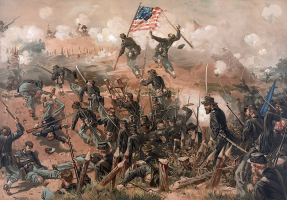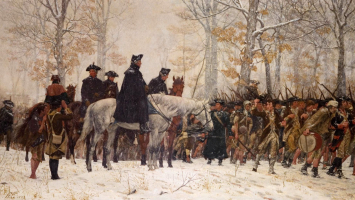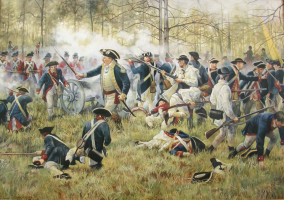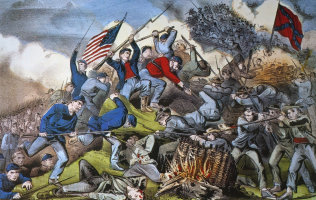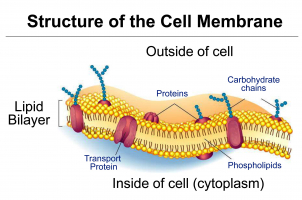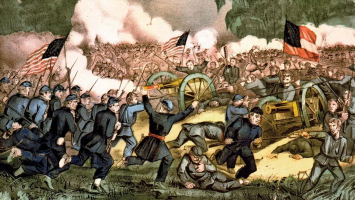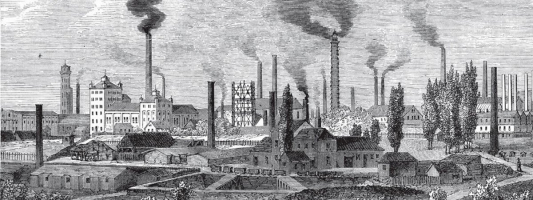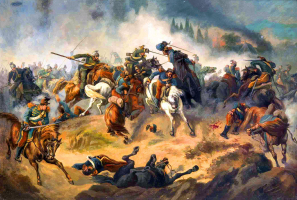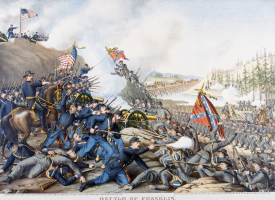Top 9 Facts About The Petersburg Campaign
The Petersburg campaign was a series of battles around Petersburg, Virginia, fought from June 9, 1864, to March 25, 1865, during the American Civil War. ... read more...Although it is more popularly known as the Siege of Petersburg, it was not a classic military siege, in which a city is usually surrounded and all supply lines are cut off, nor was it strictly limited to actions against Petersburg. The Petersburg campaign foreshadowed the trench warfare that was common in World War I, earning it a prominent position in military history. Check out this list of facts about the Petersburg campaign to discover more interesting facts about the campaign's heroic history.
-
Nestled at the maritime head on the south bank of the Appomattox River, Petersburg was a center of tobacco, cotton, and iron production before the Civil War as well as an important inland port. By 1864, however, its importance lay in the five railway lines connecting Petersburg with Richmond and points south and west. It became one of only four railroads built (some subsidized by the government) built (with separate stations to the advantage of local freighters) before the American Civil War. In 1860, the city's industries and transportation combined to make it the second-largest city in the state (after Richmond). It connected trade as far inland as Farmville, Virginia in the Blue Ridge foothills and the Appalachian Mountains, for shipping farther east into the Chesapeake Bay and the North Atlantic.
During the American Civil War (1861–1865), because of this railroad network, Petersburg became important to Confederate plans to capture the Confederate national capital established early in the war at Richmond. The Petersburg campaign (1864–1865), including the Battle of the Crater and nine months of trenches, devastated the city. The battlefield sites are partially preserved by the National Park Service of the United States Department of the Interior as the Petersburg National Battlefield. Petersburg rebuilt its railways, including a connecting station in 1866, although it never regained its economic standing as more shipping traffic would continue to the Norfolk seaport. After the consolidation of smaller rail lines, both the CSX and Norfolk Southern Rail Networks served Petersburg. Therefore, this fact about Petersburg became one of the facts about the Petersburg campaign.
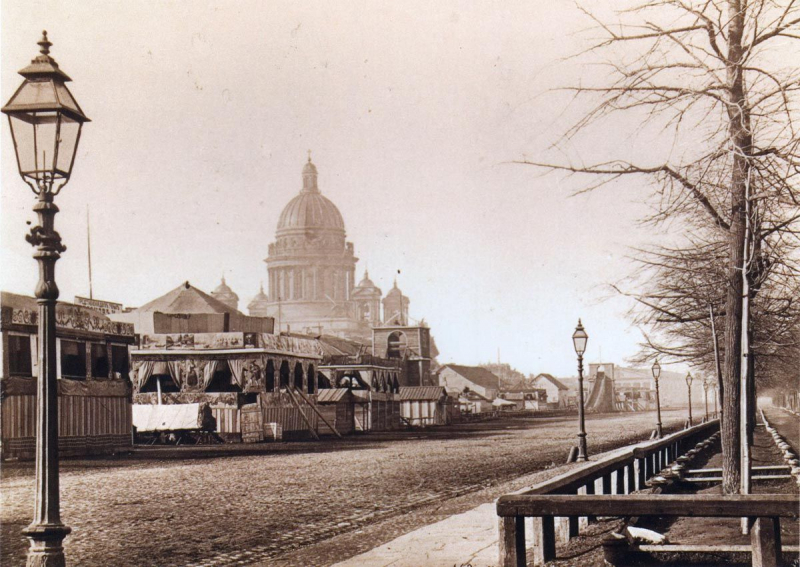
Source: saint-petersburg.com 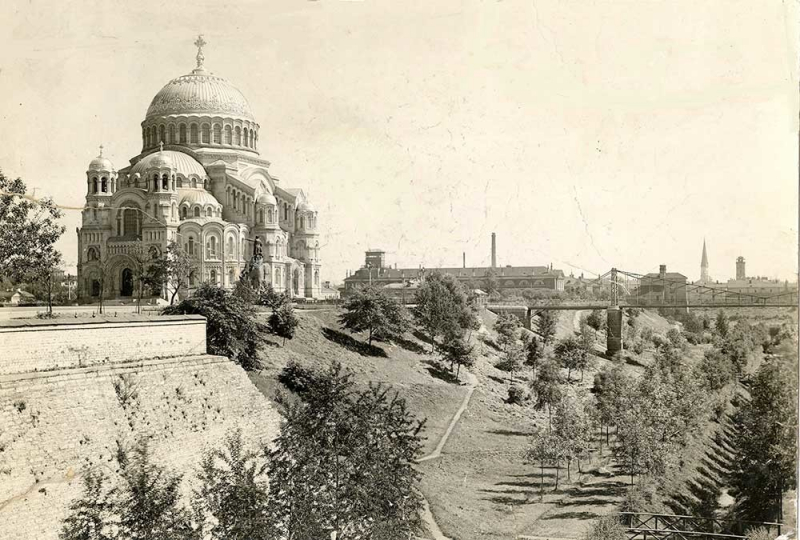
Source: saint-petersburg.com -
The Petersburg transportation nexus deserves to be one of the facts about the Petersburg campaign. The Confederate commander-in-chief ran out of space north of the James River on his dual mission of crippling General Robert E. Lee's Army of Northern Virginia and capture Richmond. A quick and secret move through "the mighty James" against Petersburg promised to isolate the Confederate capital and put Lee at a serious disadvantage. The city of Petersburg, 24 miles south of Richmond, was the junction point of five railroads that supplied the entire upper James River region. Capturing this important transportation hub would isolate the Confederate capital and force Gen.
Petersburg’s transportation nexus was crucial to the supply of Confederate Gen. Robert E. Lee's army and the Confederate capital of Richmond. Numerous raids were conducted and battles fought in attempts to cut off the Richmond and Petersburg Railroad. Many of these battles caused the lengthening of the trench lines. The city was the transportation hub connecting Richmond, the Confederate capital, with the rest of the nation. During the Civil War, Northern troops surrounded Petersburg in 1864 beginning the longest siege of any American city, ten months. Petersburg became an increasingly vital road and rail center to the Confederacy. Its capture would certainly lead to the abandonment of Richmond. General Grant designed the Petersburg Campaign to take permanent physical possession of the major transportation links: the Jerusalem and Boydton Plank roads, the Petersburg and City Point, Norfolk and Petersburg, Petersburg and Weldon, and South Side railroads. Over the nine-and-a-half months from June 1864 to April 1865, General Grant attempted to cut these supply lines through the two assaults on Petersburg and the battles at Weldon Railroad, Pebbles Farm, Boydton Plank Road, Hatcher's Run, and Five Forks.
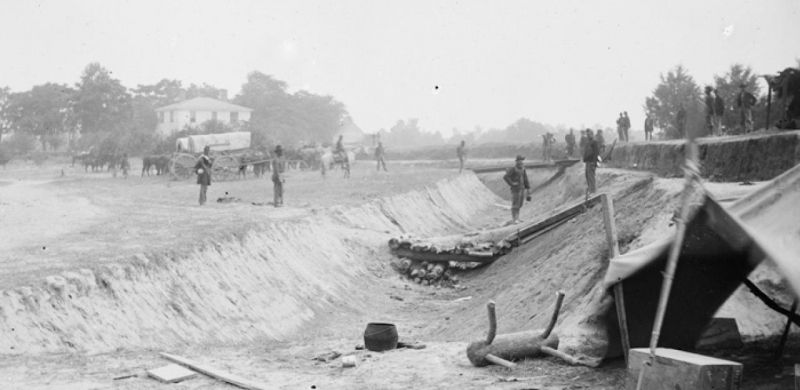
Source: goordnance.army.mil 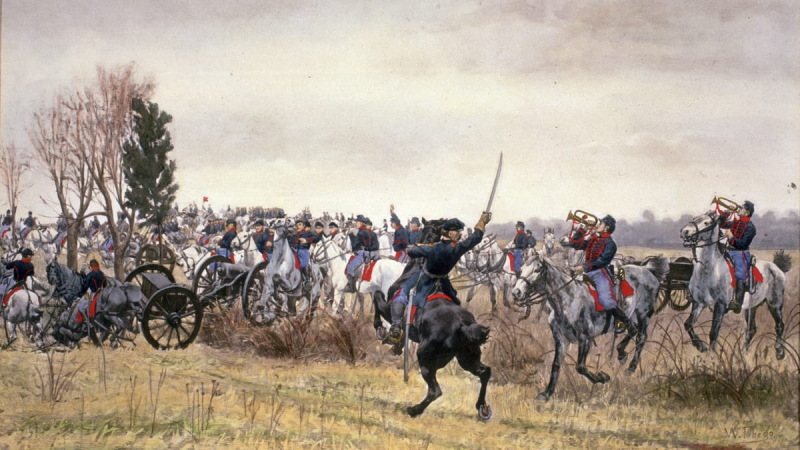
Source: encyclopediavirginia.org -
Featured in the Petersburg campaign, from June 15 to 17, 1864, Confederate General Beauregard outnumbered him and his troops saved Petersburg from Union occupation. He created a third line of defense along the high ground closer to the city and occupied it on the morning of June 18, receiving reinforcements from Lee's Army of Northern Virginia. The arrival of Lee's men ended the Union's hopes of capturing Petersburg during a storm and ensured a protracted siege and seemingly endless skirmishes. For the next nine months, Grant focused on cutting off many of Petersburg's railways and carriages to the south and west. The four attacks from June to October have increased gradually. At the end of the 1864 campaign season, Lee could only rely on a temporary supply line via the Boydton Plank Road and the South Side Railroad to maintain contact with the south.
Although the Confederates held off the Federals in the Petersburg campaign, Grant implemented a siege of the city that lasted for 292 days and ultimately cost the South the war. The siege of Petersburg foreshadowed the trench warfare that was common in World War I, earning it a prominent position in military history. It also featured the war's largest concentration of African-American troops, who suffered heavy casualties at such engagements as the Battle of the Crater and Chaffin's Farm. The Petersburg campaign enveloped 292 days of combat, maneuver, and trench warfare between June 15, 1864, and April 2, 1865. The Petersburg campaign involved more than 180,000 soldiers and produced some 60,000 casualties. The outcome of this battle was the end of the civil war and a victory for the union. The union was then able to abolish slavery and rebuild the united states to their wants. This became one of the facts about the Petersburg campaign.
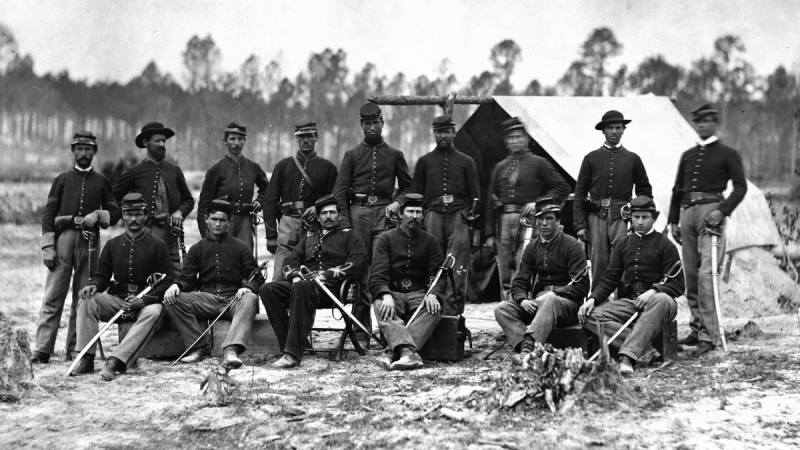
Source: legendsofamerica.com 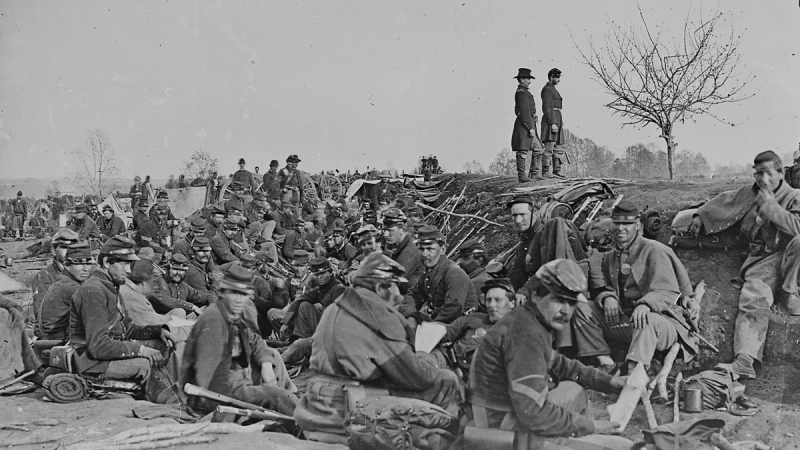
Source: beyondthecrater.com -
The 1st Maine Heavy Artillery was a regiment in the Union Army during the American Civil War. It suffered more casualties in an ill-fated charge during the Siege of Petersburg than any Union lost in a single day of combat throughout the war. It was also the Union regiment with the highest number of officers killed. On June 18, 1864, 850 men of the 1st Maine Heavy Artillery were advancing through a cornfield as the Confederate line burst into flames. Support units failed to defend their flanks, and 1st Maine's men found themselves under fire that appeared to be hit from all angles. Within ten minutes, a staggering 632 men were dead or wounded in the fields, and not a single man had come close to the enemy lines.
All in all, the 1st Maine Heavy Artillery sustained one of the highest casualty rates in the war, with 423 killed, and another 260 died of disease. A monument to the 1st Maine stands on the former battlefield at Petersburg. The regiment is boasted by a monument on the Petersburg, where it suffered the greatest single day's loss in killed and mortally wounded of any in the Civil War. In just under a month of fighting, beginning with the battle at Harris Farm on May 19 and ending outside Petersburg on June 18, the 1st Maine Heavy Artillery lost a staggering 1,205 men out of the 1,800 it had started with when it arrived in Belle Plain. As can be seen, the 1st Maine Heavy Artillery is an indispensable name when it comes to one of the facts about the Petersburg campaign.
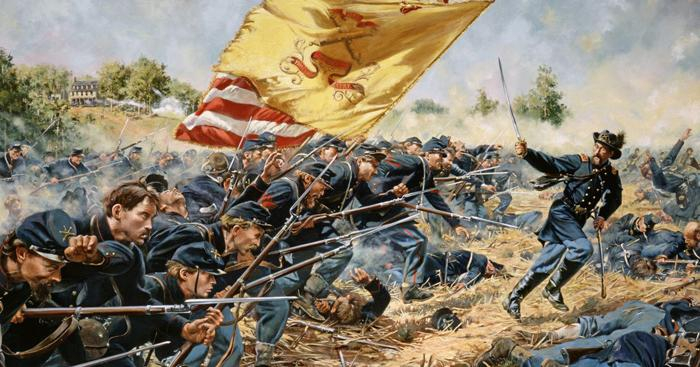
Source: beyondthecrater.com 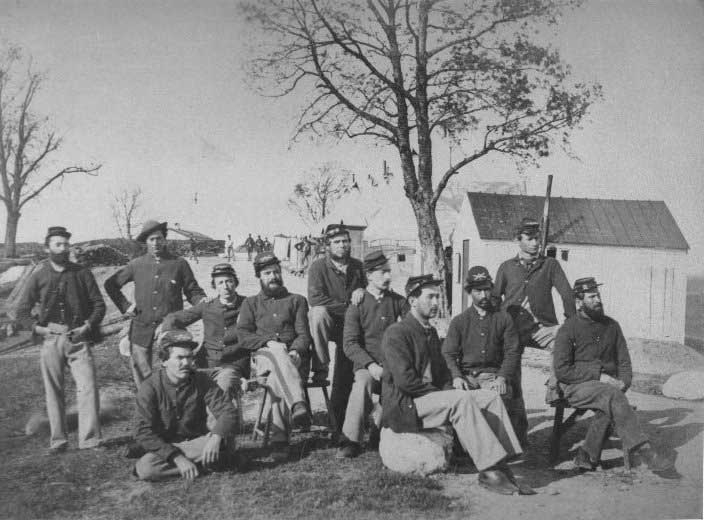
Source: americancivilwar.com -
The battle of the Crater, part of the Petersburg Campaign, was the result of an unusual attempt, on the part of Union forces, to break through the Confederate defenses just south of the critical railroad hub of Petersburg, Virginia, during the American Civil War. The 48th Pennsylvania Infantry had dug a 510-foot tunnel beneath the Confederate fortress southeast of Petersburg. They packed the showroom with 8,000 pounds of powder and burned the fuse. The explosion created a large hole in the Confederate line, sending more than 300 South Carolinians to their graves. Subsequent attacks do not match technical success. Poor planning, communication, and leadership robbed the potentially decisive outcome of the battle of the Crater. Bold Confederate counterattacks repaired the hole, focusing particular bitterness on the blacks involved in the attacks. Grant stated that it was the saddest thing he had ever witnessed in this fight.
During the battle of the Crater, for several weeks, Pennsylvania miners in Union general Ambrose E. Burnside's Ninth Corps worked at digging a long tunnel, packed the terminus with explosives, and then on the morning of July 30, 1864, blew it up. The battle was a Union and marked by the particularly cruel treatment of the black troops who participated, many of whom were disasters and murdered. Lieutenant Colonel Pleasants preeminent used soldiers from the 48th Pennsylvania Regiment, which included about 100 coal miners-turned-soldiers to dig the tunnel. When the battle was over, people around the world still mentioned the battle of the Crater as one of the facts about the Petersburg campaign.
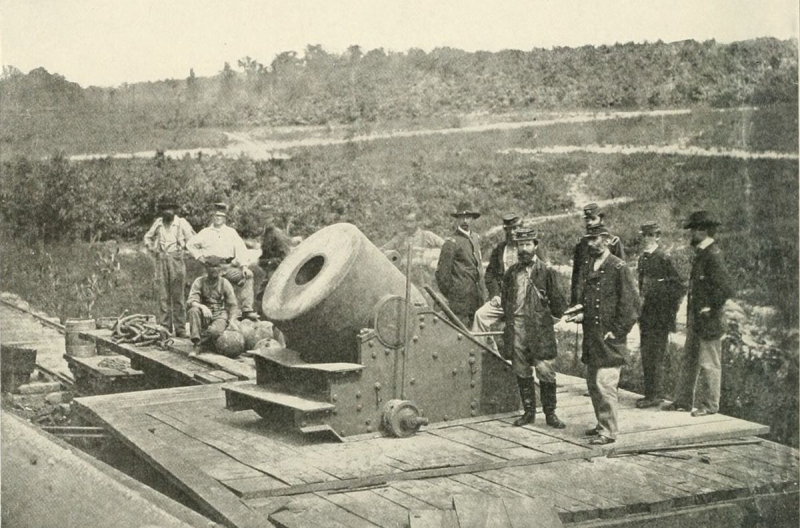
Source: historicpetersburg.org 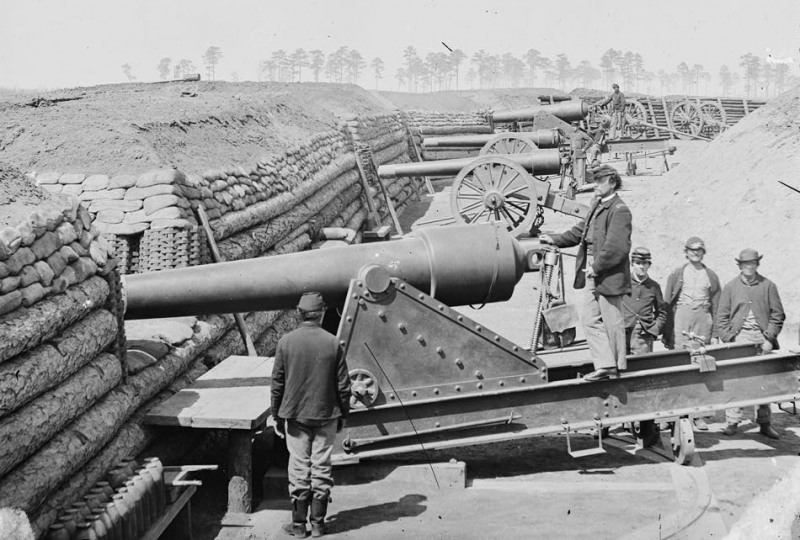
Source: encyclopediavirginia.org -
Once the Union forces began to surround Petersburg the small port town of City Point, at the confluence of the James and Appomattox Rivers, became one of the busiest ports in the nation. After their failure to capture Petersburg by storm, Generals Grant and Meade created a major support campaign at City Point. Grant's headquarters was established there, and Confederate troops literally created a city (now Hopewell, Virginia) that once housed a decaying old river port. Huge jetties, a busy harbor, a giant government bakery, and a sprawling hospital highlight the activity. For the next nine months, all the supplies to support the Army of the Potomac and the Army of the James came through here.
City Point, located in central Virginia at the confluence of the James and Appomattox rivers, was the headquarters of Union commander-in-chief Ulysses S. Grant during the Petersburg Campaign at the end of the American Civil War. The Potomac Confederate army advanced south to Petersburg in late spring 1864, City Point becoming an important Confederate port and supply center. At least 100,000 Confederate troops and 65,000 animals were delivered out of town, and in August 1864 a member of the Confederate Secret Service detonated a ticking time bomb on a docked barge, hoping to disrupt work at the port. As many as 58 people were killed, but the jetty was soon rebuilt and operations resumed to the front. City Point is also the site of the vast Depot Field Hospital, serving 29,000 patients. Therefore, City Point became one of the facts about the Petersburg campaign.
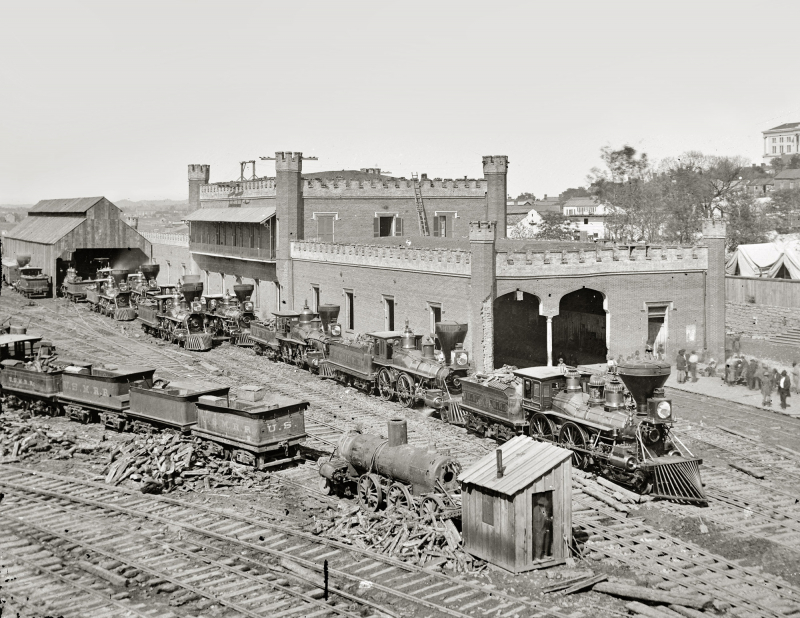
Source: encyclopediavirginia.org 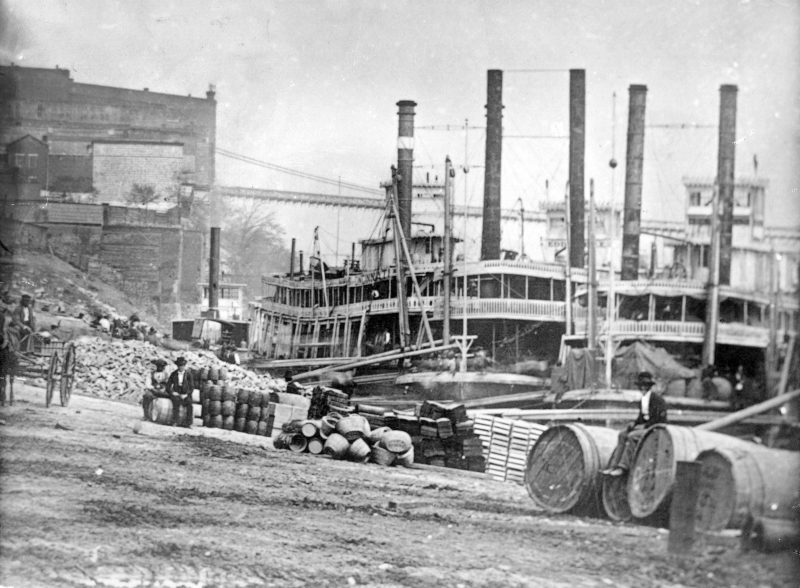
Source: goordnance.army.mil -
Ulysses S. Grant was an American military officer and politician who served as the 18th president of the United States from 1869 to 1877. Important actions at Peebles Ranch, Burgess' Mill, Hatcher's Run, White Oak Road, Five Forks, and the Breakthrough targeted Lee's remaining supply lines - the Boydton Plank Road and the Southside Railroad - which ultimately brought success to the Confederacy. General Grant's major offensives are to surround Petersburg and cut off Lee's supply route to the south. As he attacks Petersburg, other Union troops simultaneously attack Richmond, which strains the Confederacy to the breaking point. Instead of fighting Lee in a frontal assault as he did at Cold Harbor, Grant continued to force Lee to expand his defenses south and west of Petersburg, allowing him to capture the routes. General Grant's major offensives are the fact that cannot be ignored in the list of facts about the Petersburg campaign.
After Grant's many efforts, the Union Army under Thomas's command was able to crush the Confederate John Bell Hood's attack at Nashville. General Grant's major offensives made Lee's forces at Petersburg the only significant obstacle left to Union victory. A Confederate division remained in Petersburg, while most of Grant's force pushed west, preventing Lee from turning south to join Confederate general Joseph E. Johnston's force in North Carolina. Finally, on April 9, 1865, Grant cornered his enemies at Appomattox Court House and met with Lee that afternoon to signal the surrender of the main Confederate army. The events at Appomattox hastened the surrender of other Confederate forces, making Operation Petersburg the closest cause to the end of the war.
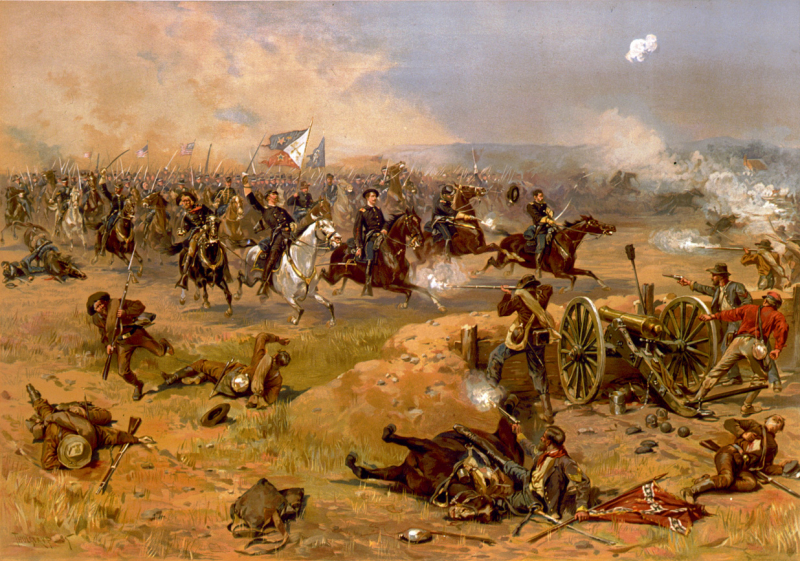
Source: legendsofamerica.com 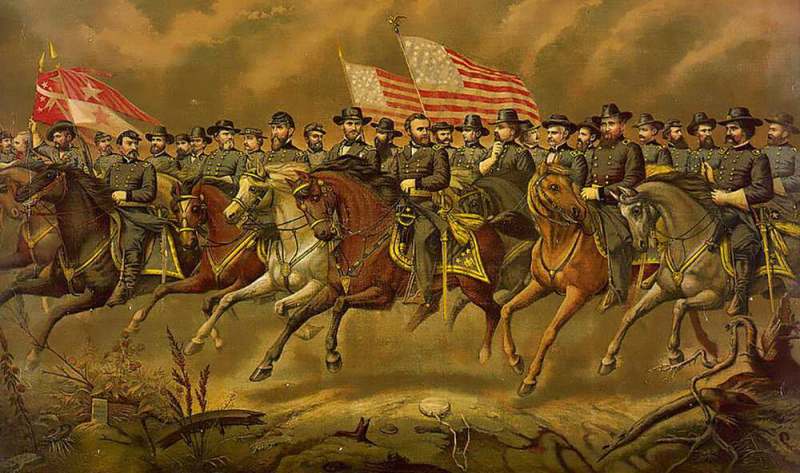
Source: essentialcivilwarcurriculum.com -
Highlighted during the day of the decision at Petersburg, the Confederate 6th Corps broke through the Confederate defenses southwest of the city, and Lee informed President Jefferson Davis that an evacuation was required for Richmond and Petersburg that night. Fierce fighting for the remainder of the day allowed the besieged Confederates to maintain their internal defenses until nightfall enabled their successful withdrawal. Lee hoped to be able to reach General Joseph Johnston's army in North Carolina to continue the war. As much larger Union forces attacked the lines, the Confederate defenders' desperate defenders thwarted the Confederate breakthrough long enough for Confederate government officials and most troops to The remaining Confederate troops, including local defenders and some Confederate Navy personnel, fled Petersburg and the Confederate capital Richmond, Virginia, during the night of 2–3 April. Commander of the Southern Army Corps, Lieutenant General A.P. Hill was killed in the fighting. The day of the decision in Petersburg is one of the facts about the Petersburg campaign.
The day of decision at Petersburg is named after the Third Battle of Petersburg, also known as the Petersburg Breakthrough or the Fall of Petersburg, which took place on April 2, 1865, to the south and southwest Petersburg, Virginia, at the end of the 292-day Petersburg Campaign and in the early stages of the Appomattox Campaign near the end of the American Civil War. The Union Army (Potomac Army, Shenandoah Army, and James Army) under the joint command of Commander-in-Chief Lieutenant General Ulysses S. Grant, launched an assault on the Army trenches and fortifications. General Robert E. Lee's Union of Northern Virginia after the Union victory at the Battle of Five Forks on April 1, 1865. The outcome of that battle was Confederate right flanks and rear exposed. The remaining supply lines were cut and the Confederate defenses were reduced by more than 10,000 killed, wounded, taken prisoner, or fled.
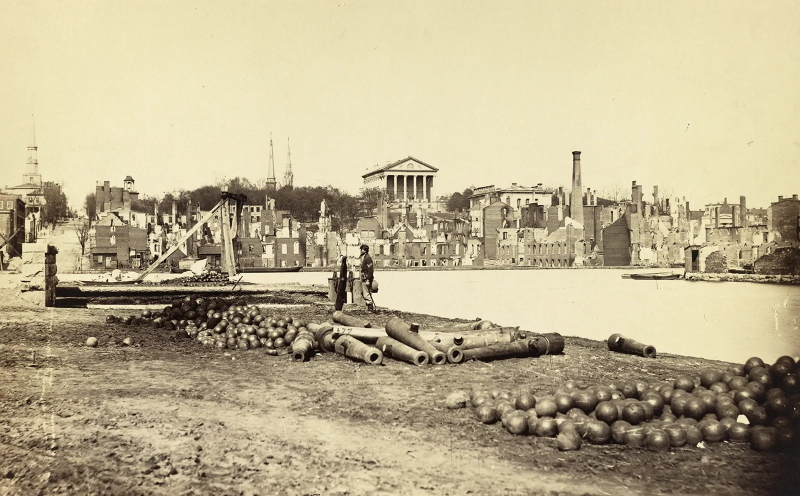
Source: goordnance.army.mil 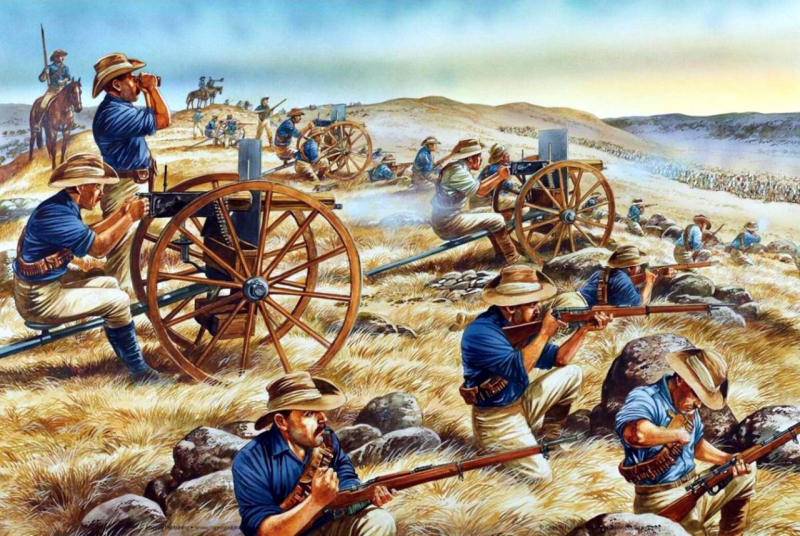
Source: americancivilwar.com -
The armies at Petersburg were in near-constant transition, making the determination of army strength a moving target. Overall, the Union's military strength was superior to that of the Confederates by almost two-to-one for most of the campaign. On June 15, 1864, the Petersburg campaign began when General William F. Smith moved his 10,000 Union troops against the Confederate defenders, a few thousand armed old men and boys commanded by General P.G.T. Beauregard. Despite their smaller numbers, the Confederate city's physical defenses held. Even at the end of the campaign, on April 2, 1865, Lee evacuated more than 50,000 men out of Richmond and Petersburg, while Grant's combined army numbered at least 110,000 at the time. Although figures are hard to come by figures, the best estimates suggest 42,000 Union precise casualties and 28,000 Confederate casualties, in total.
The Petersburg campaign lasted 292 days; involved 108 separate battles and engagements; involved more than 180,000 soldiers; and produced some 60,000 casualties. Regarding the end of this historic campaign, although he was outnumbered nearly two to one, General Lee was able to defend Petersburg and Richmond for many months. By the spring of 1865, however, Confederate troops were hungry, exposed, and desert. Union victories in March and on April 1 led to the Confederates surrendering both Petersburg and Richmond. Although Union troops greatly outnumbered Confederate troops, it took months for the North to achieve victory. And the human and material losses caused by this campaign are immense, leaving the wounds of war that cannot be healed. In particular, the large number of casualties and sacrifices has become one of the facts about the Petersburg campaign.
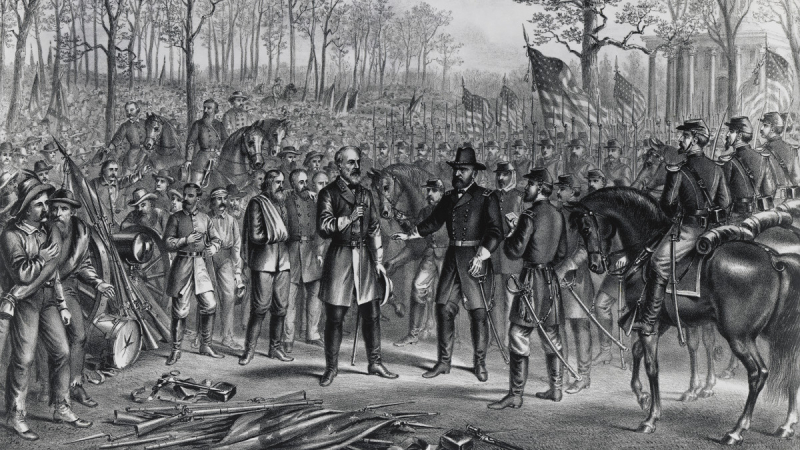
Source: historicpetersburg.org 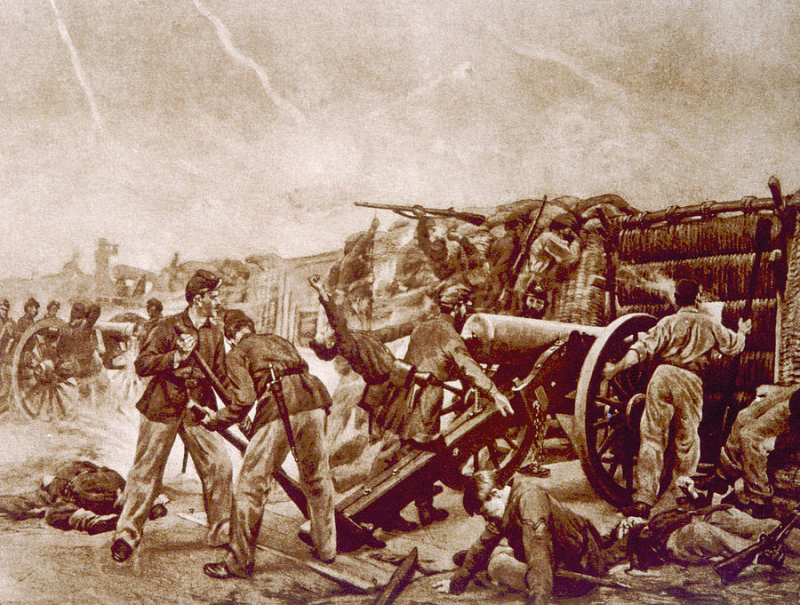
Source: historicpetersburg.org











